Owning a car that gets around 30mpg on the highway is pretty standard these days. Just about every sedan and CUV can hit that, not to mention some sports cars. Global emissions have forced manufacturers to hit those numbers, and there have been a lot of benefits. Better than any other, it allows gasoline-crushing beasts with economy figures in the teens to roam the streets as the last bastions of uncompromised performance. With EVs taking over in almost every aspect, here are some of the least fuel-efficient European cars you can get in 2024.
Porsche 992 S/T (14/18 - 16MPG)
Porsche’s GT department has been churning out premier sports cars and supercars for nearly three decades, characterized almost exclusively by their high-revving, naturally aspirated engines. While models like the GT3 and GT2 have been around for a while, the 911 S/T is all new, minus the name. It’s a fresh take on how serious a road-going 911 can be, and thanks to a host of new parts, relegates the GT3 Touring to second fiddle.
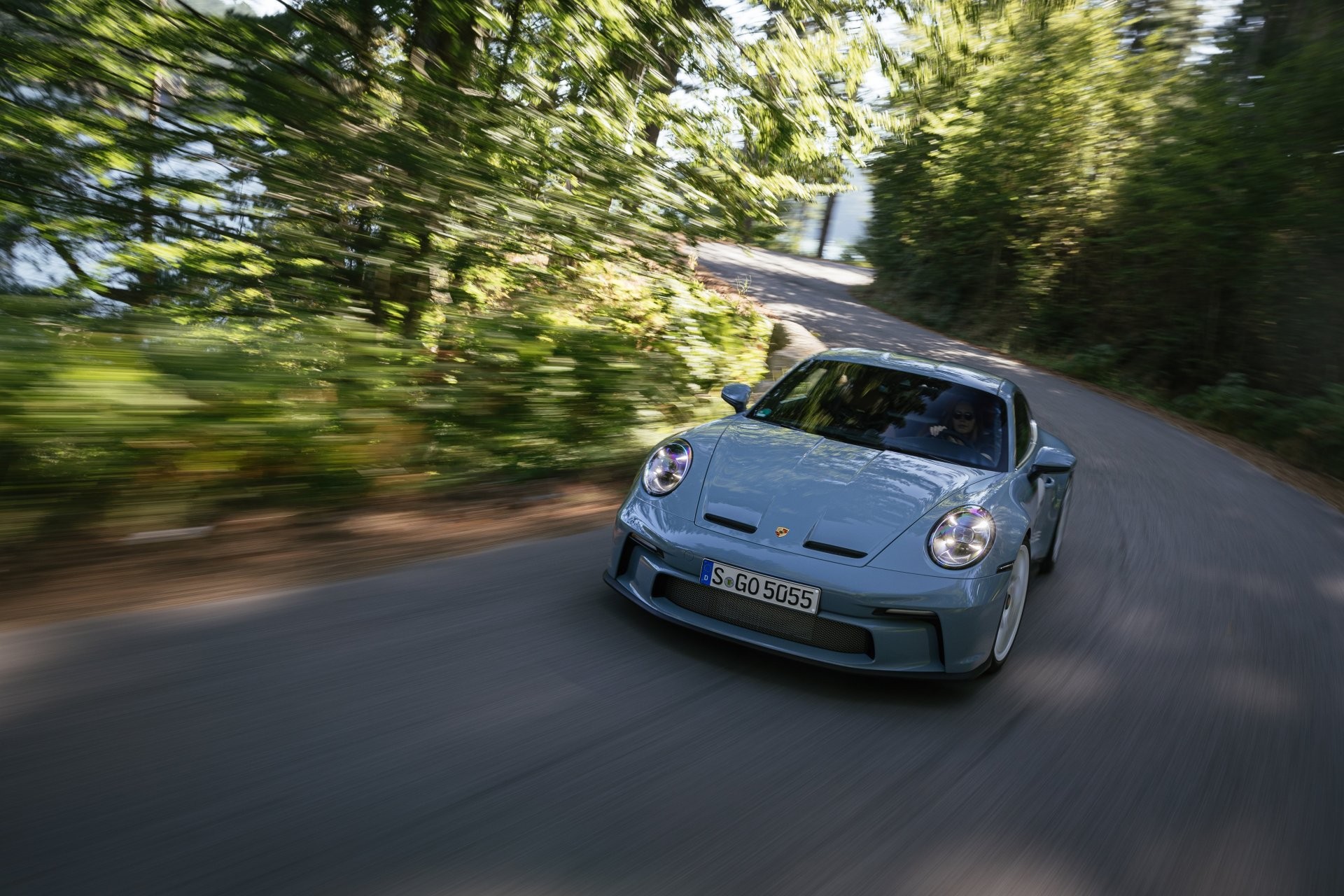
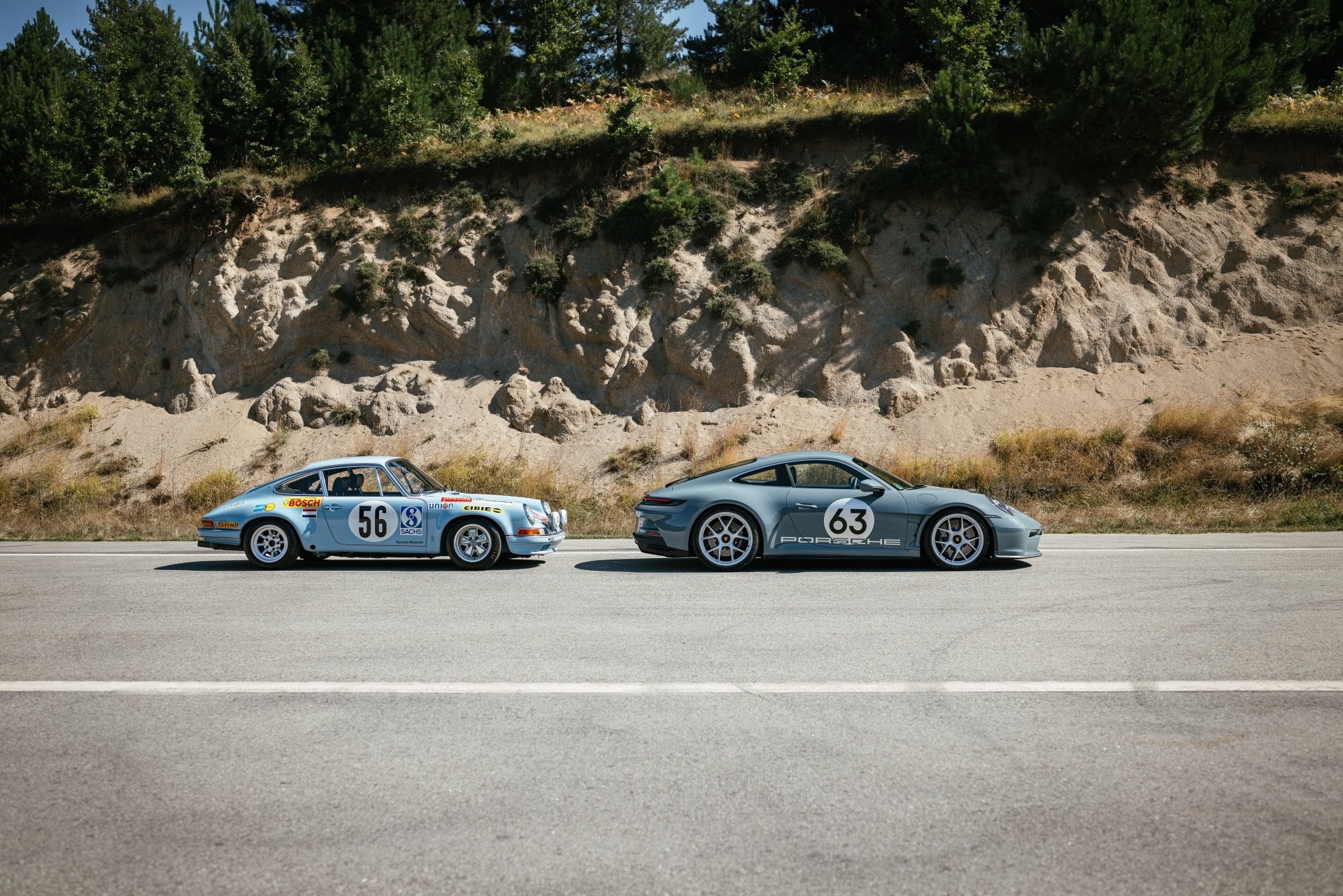
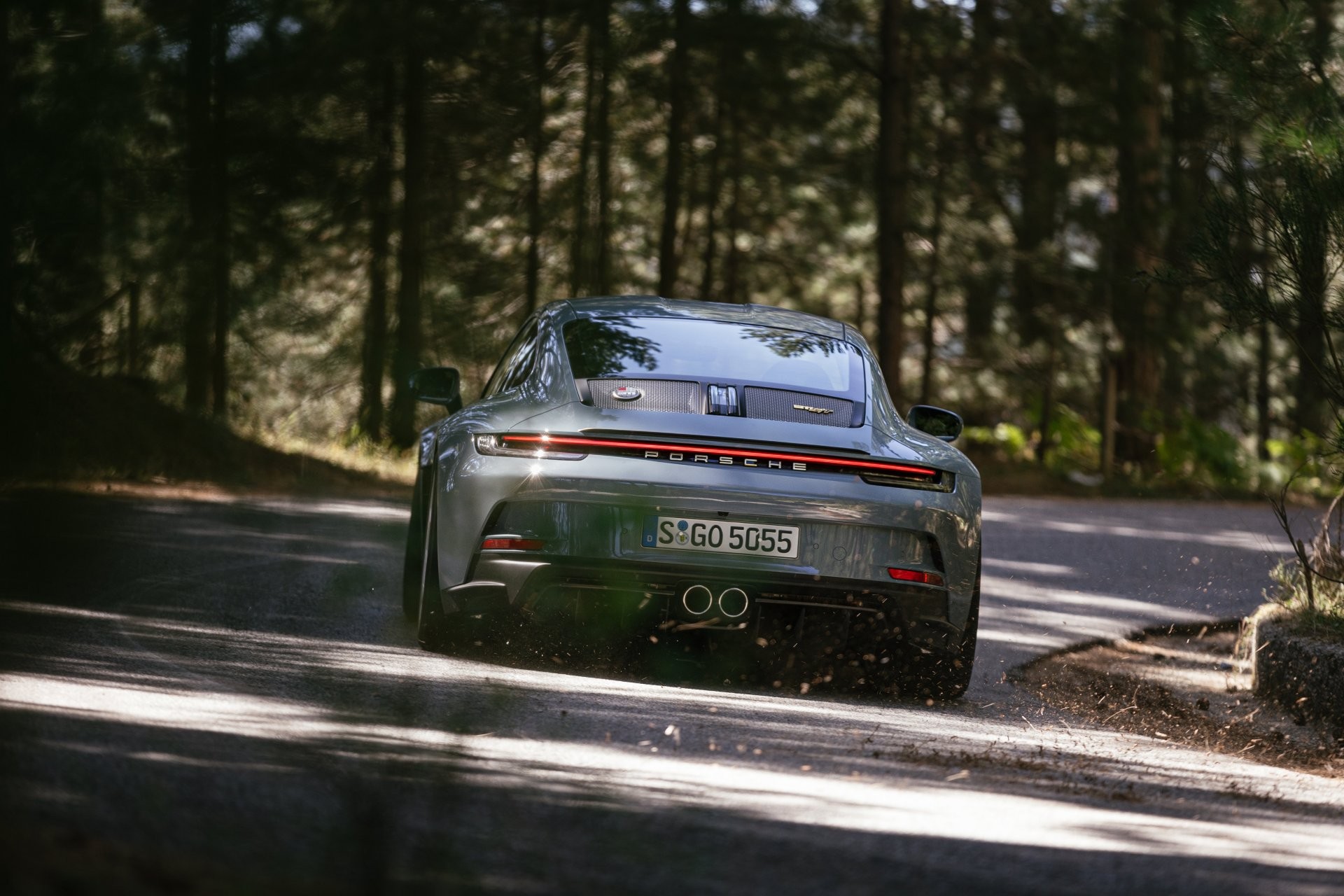
The 2024 S/T is based on Porsche’s track-assaulting GT3RS, but it’s far more than a wingless variant. Porsche set out to build the ultimate road-going 911, cherry-picking parts from the GT3 and GT3RS to pair with bespoke, newly designed bits just for the S/T. What’s culminated is the lightest 992 to date, weighing in at an acclaimed 3056 lbs—and with the RS’s engine stuffed out back, it carries the best power-to-weight ratio of any N/A GT 911 ever. The 4.0L flat-six engine stuffed behind the rear seats makes 518 hp and 342 lb-ft of torque before reaching its astronomical 9000rpm redline. It's very closely related to the RS
For this specific model, weight reduction was a major focus. Bespoke for the S/T are the carbon roof panel and front fenders, while the doors and trunk lid are from other GT products. Optional Weissach Package bits from other models like magnesium wheels, carbon brakes, a thinner windshield, and a smaller battery help, too. Even the rear-wheel-steering system fitted to every 992 GT model was stripped, necessitating extensive changes to the steering rack ratio and the mechanical limited-slip differential. In many ways, the weight reduction should help fuel economy as there’s less mass to move around, but that’s not really the case here.
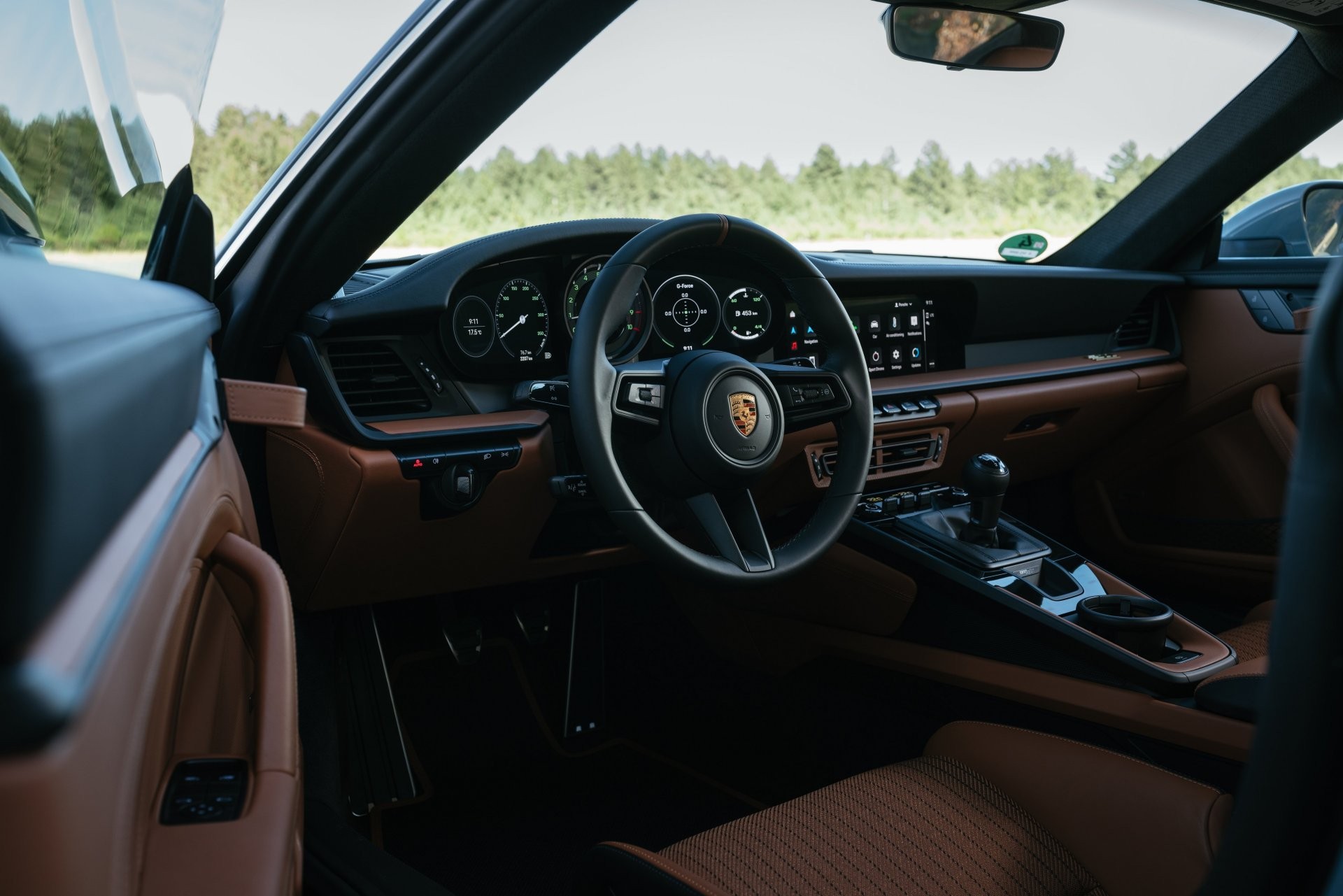
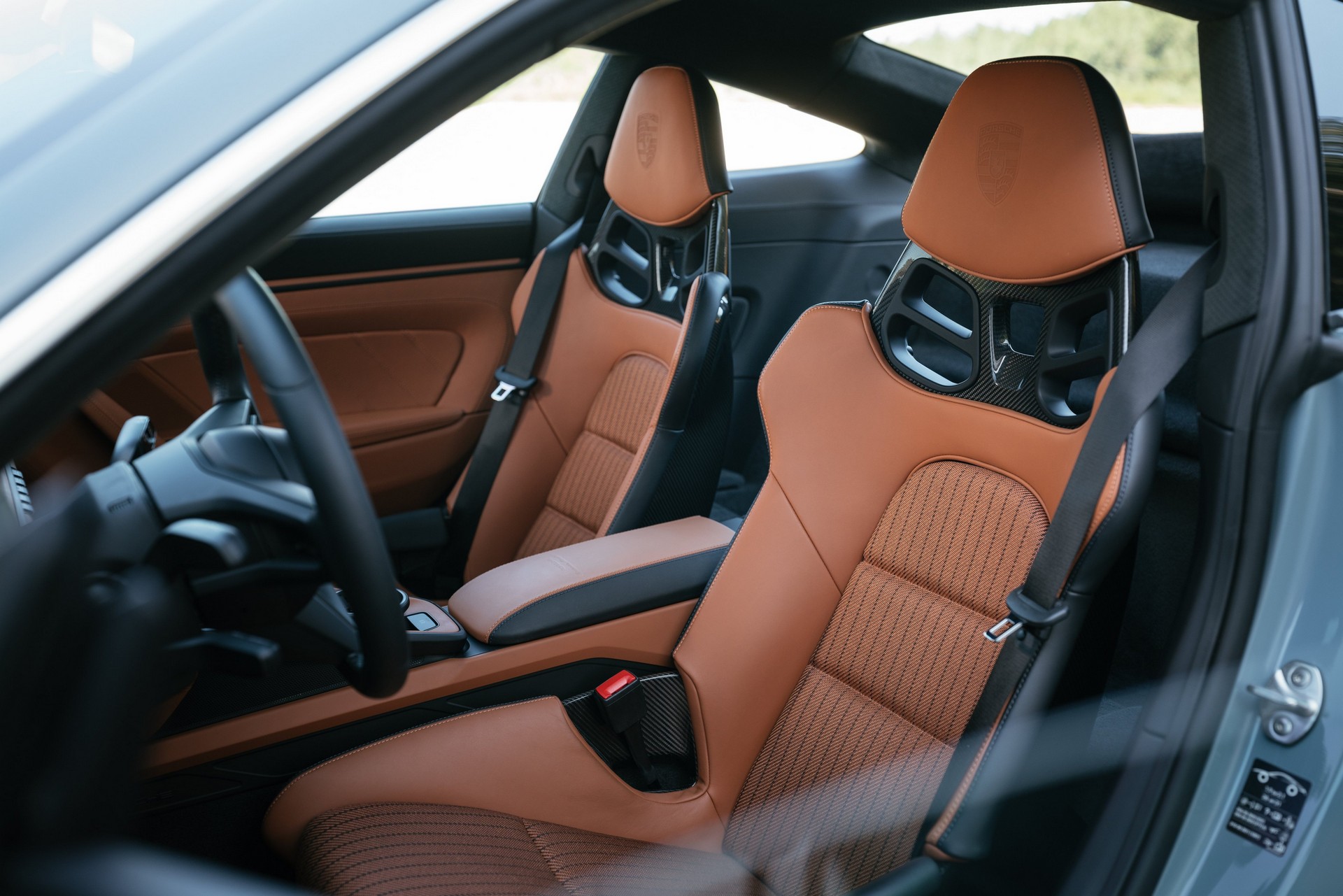
Initial EPA estimates have the S/T even with the RS, clocking in at a combined 16mpg; not exactly Prius-like, but that’s OK. No owner or fan will ever be interested in those numbers because that’s not what the S/T is about. As the Macan, Cayman, and Boxster are all set to receive EV drivetrains in the coming years, the 911 remains uncompromised. It’s a testament to our current capabilities while carrying some old-school charm in the engine bay; fuel economy be dammed.
BMW M8 Competition (15/22 - 19 MPG)
BMW’s original 8-Series has become a beloved model as its wedgy lines and dated tech perfectly encapsulate the era from which it conquered. For many, the big coupe was thought to be a flash in the pan, but after two decades, BMW brought it back. The current 8-series, still in its second generation (G15), hasn’t quite had the cultural impact as the original just yet, but that’s likely to change. Unlike the original, BMW’s M division got their hands on the newest model and worked their magic to create the first-ever BMW M8.
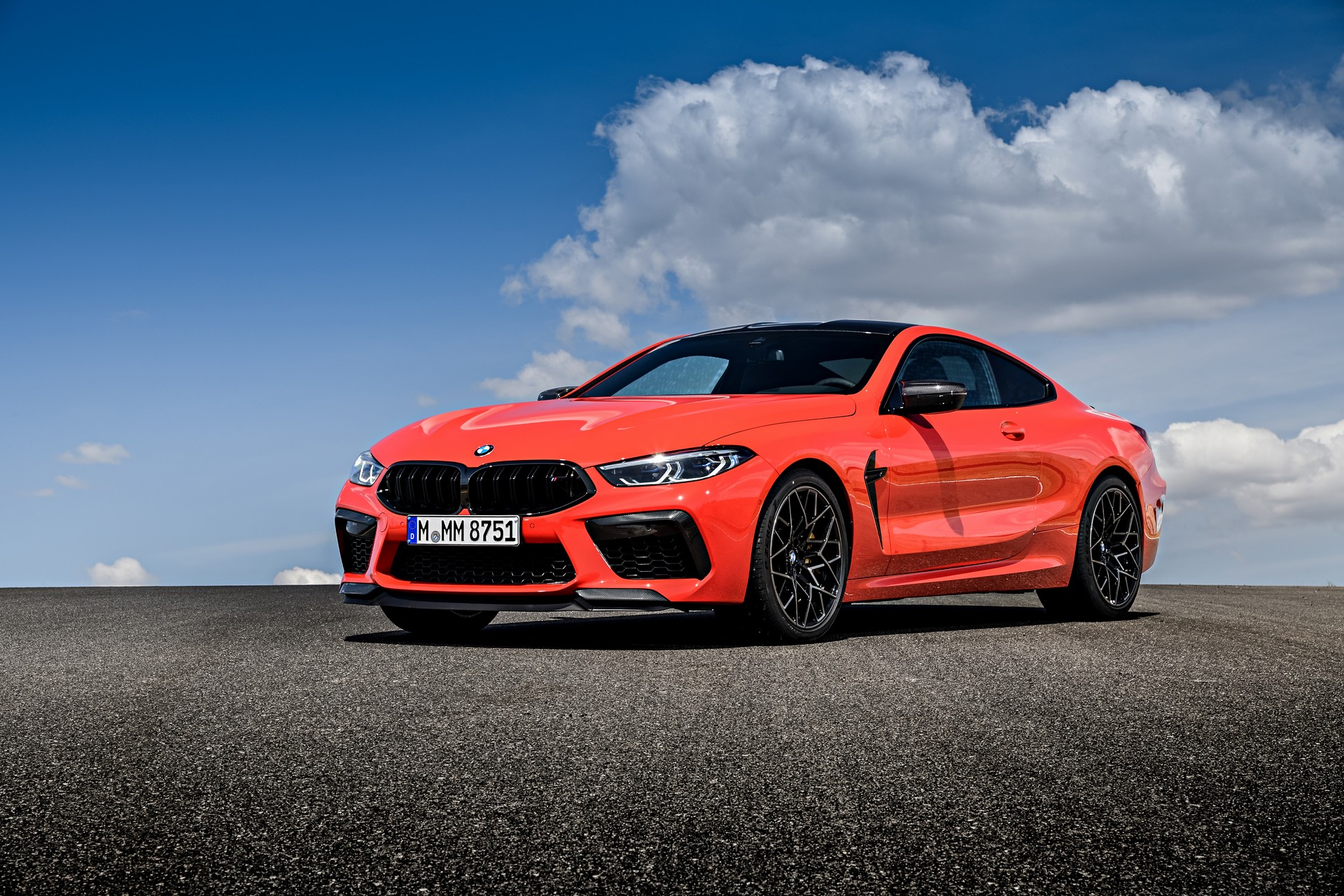
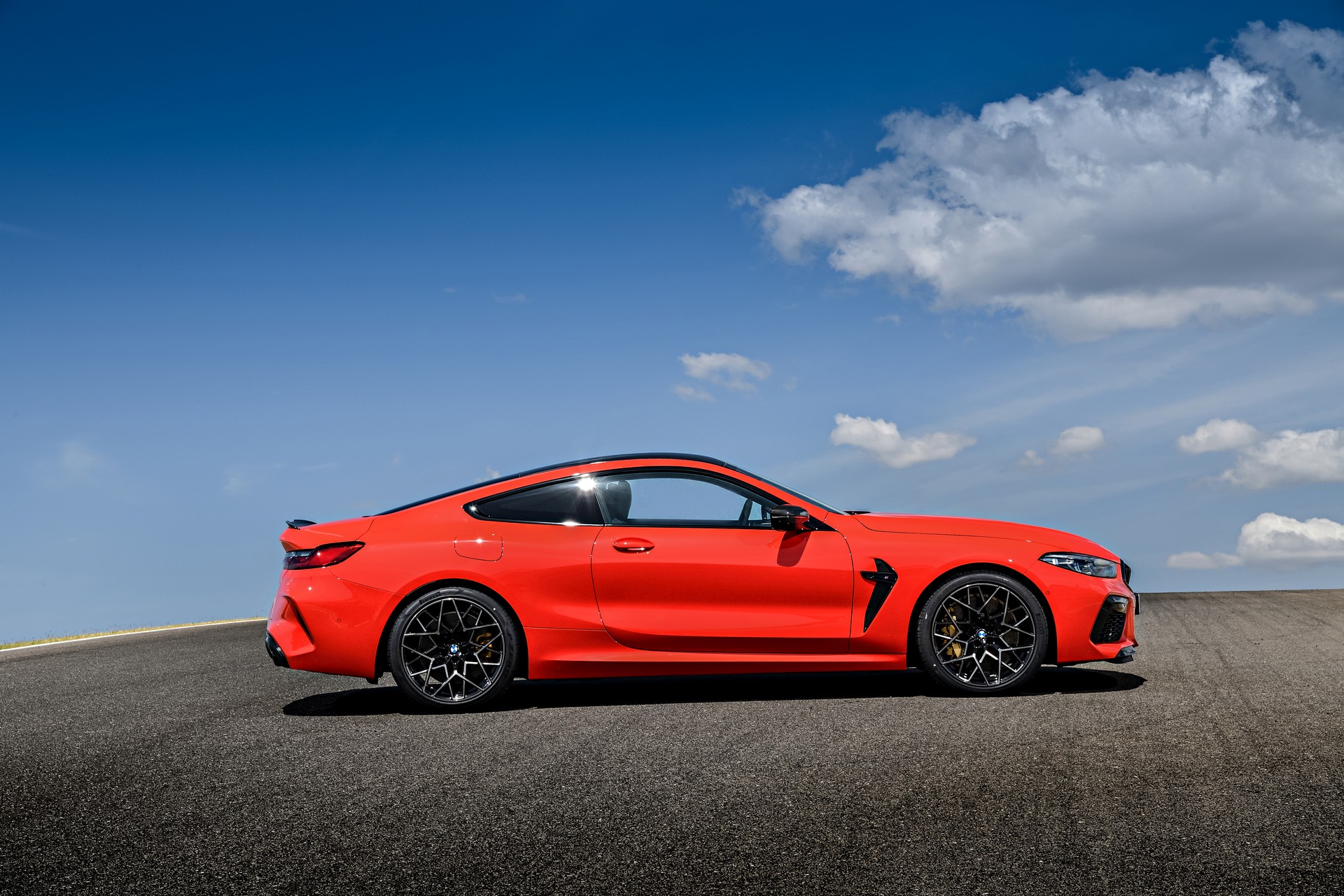
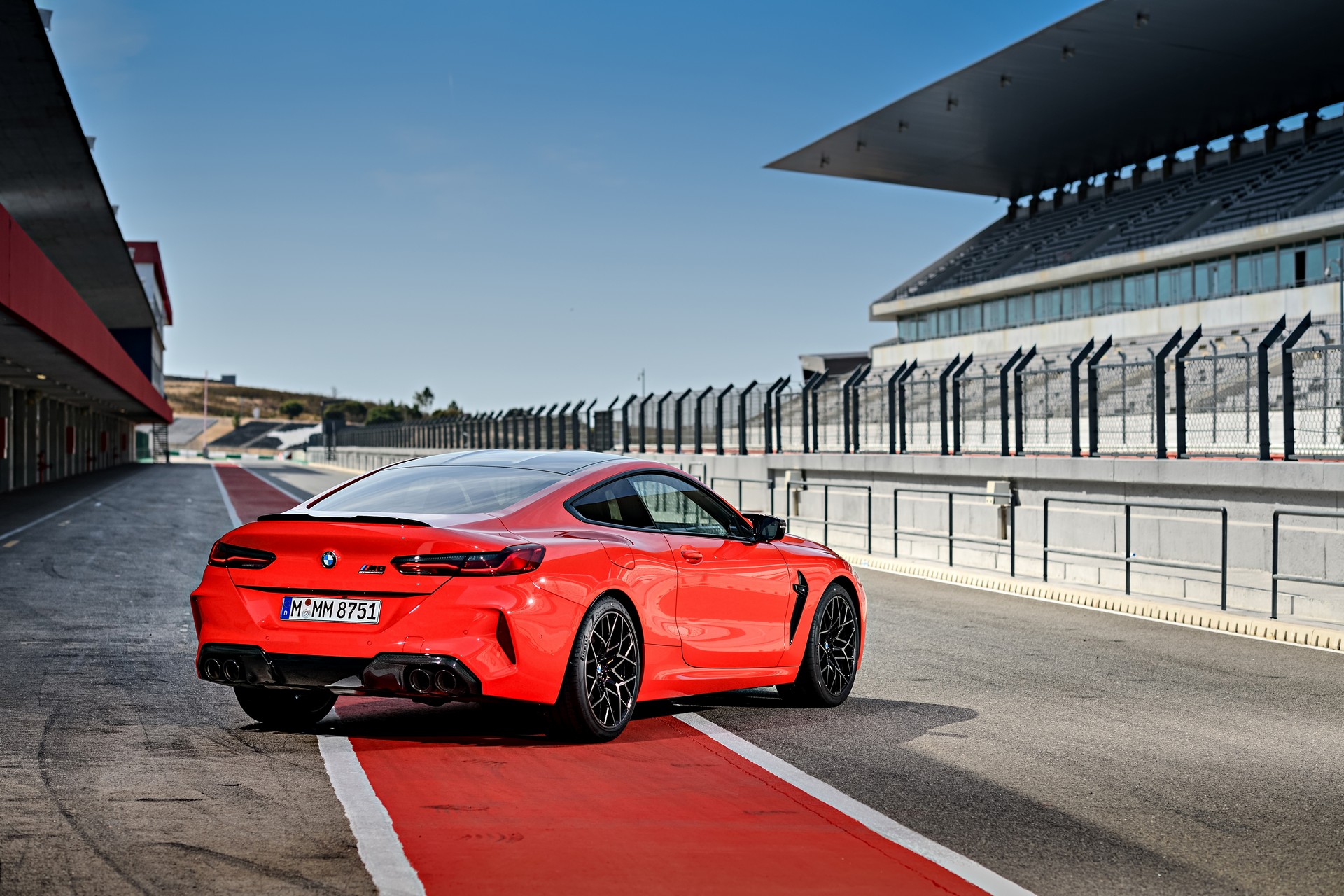
As the replacement for the F12 6-series, the G15 has taken over as BMW’s big executive coupe, and the M8 is the king of the lineup. It mixes supercar power with premier interior design and the latest of today’s tech to deliver an autobahn-crushing brute as comfortable as it is sporty. As you’d expect from an M product, the performance figures are hard to ignore; with 617 hp and 553 lb-ft on tap, thanks to the latest revision of BMW’s S63 turbo V8, occupants can be shoved into the seatbacks to 190mph. Acceleration isn’t any less impressive as the ZF 8HP and xDrive system combine to rocket the M8 from 0-60 in 3 seconds flat. Altogether, that was enough for a 7-minute and 32.8-second lap of the Nordschleife. Those figures are hugely impressive for any car, yet the bimmer does all of that while weighing 4300 lbs.
There’s good reasoning for that, though.
No, a twin-turbo V8, automatic transmission, and all-wheel-drive system aren't lightweight, but most of the mass is down to the interior’s accouterments. Almost every surface is covered in extended Merino leather, but only black and white upholstery is no-cost. For a few extra grand, you can choose the full Merino leather and have nine more upholstery choices, including two-tone with Sakhir Orange or Taruma Brown. The standard seats are heated and ventilated M Sport units with a diamond-stitch center section, while M Carbon Buckets are one of the few options available. Other standard features include a 12.1” digital cluster, a 12.3” infotainment screen featuring Apple CarPlay, color-shifting ambient lighting, and a 16-speaker Harmon Kardon sound system.
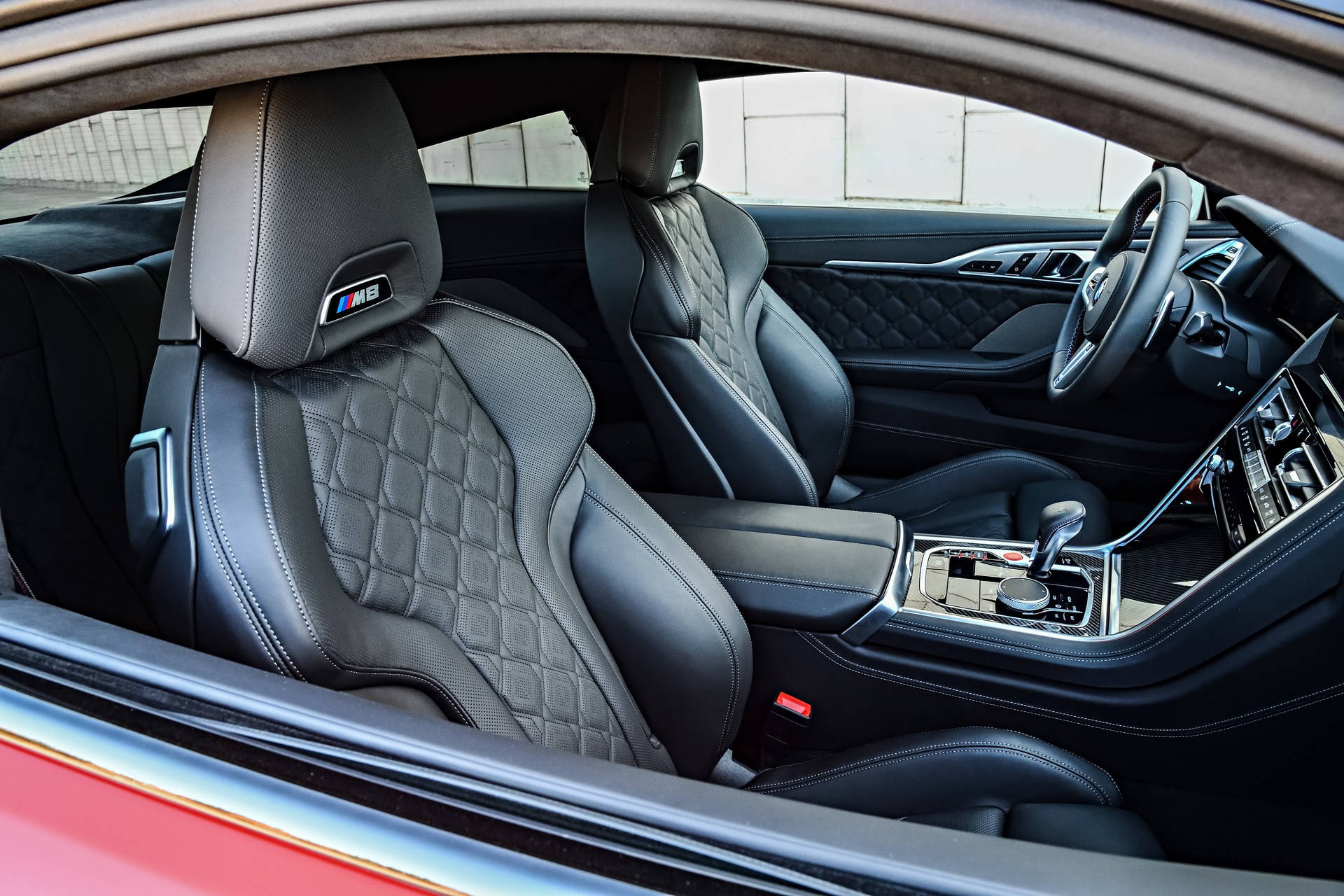
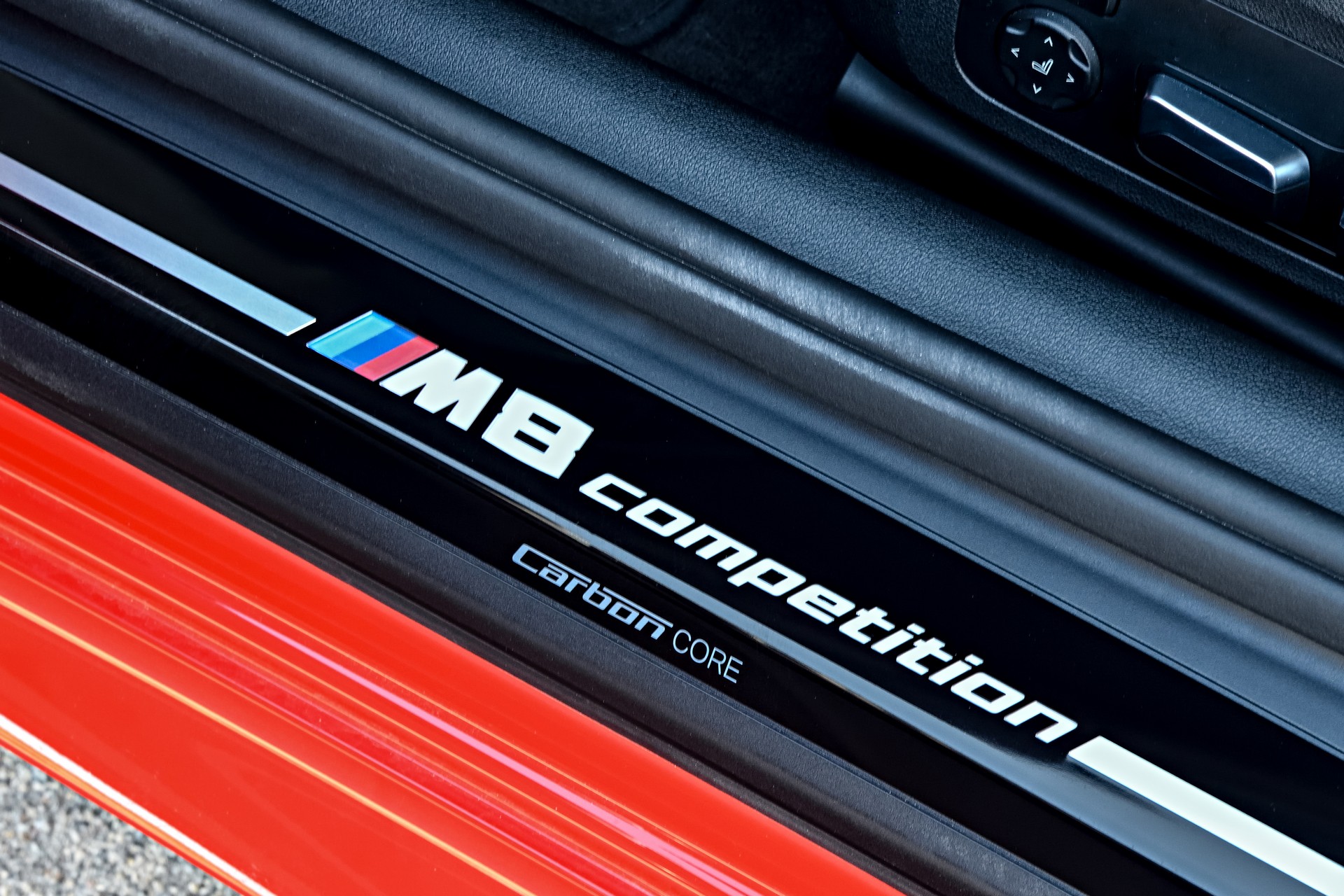
You’d be right in saying that sounds like other cars, but it all comes at a cost. A nicely optioned example is around $150,000, putting it out of reach for most US buyers. The costs won’t stop after purchase, either, as 22mpg on the highway is the best BMW could get (15mpg in the city, for those keeping score at home). As long as you can swing that, there likely isn’t a better GT car on the market today.
Mercedes-Maybach GLS 600 (15/19 - 17 MPG)
Maybach isn’t what it used to be. Once builders of highly modified and ultra-luxurious sedans based on the Mercedes S-Class, they’re now but a name akin to AMG, instead signifying luxury over performance. With that said, the modern Mercedes-Maybach vehicles are as lavish as ever, and now there’s an SUV for those who must sit high off the ground because of “safety.” Based on the GLS, the aptly named GLS 600 is as fancy as it gets for just about everything cheaper than a Bentley.
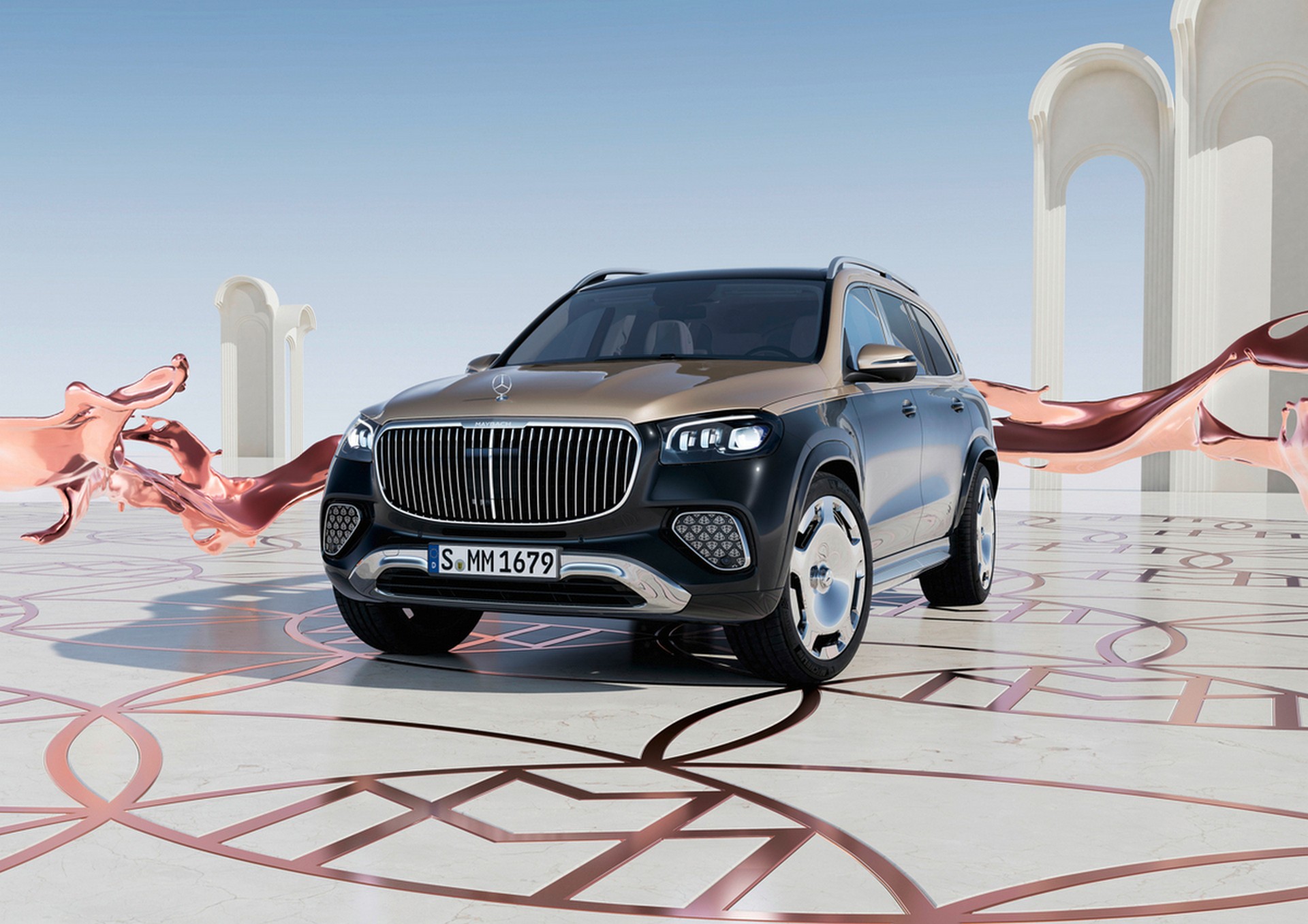
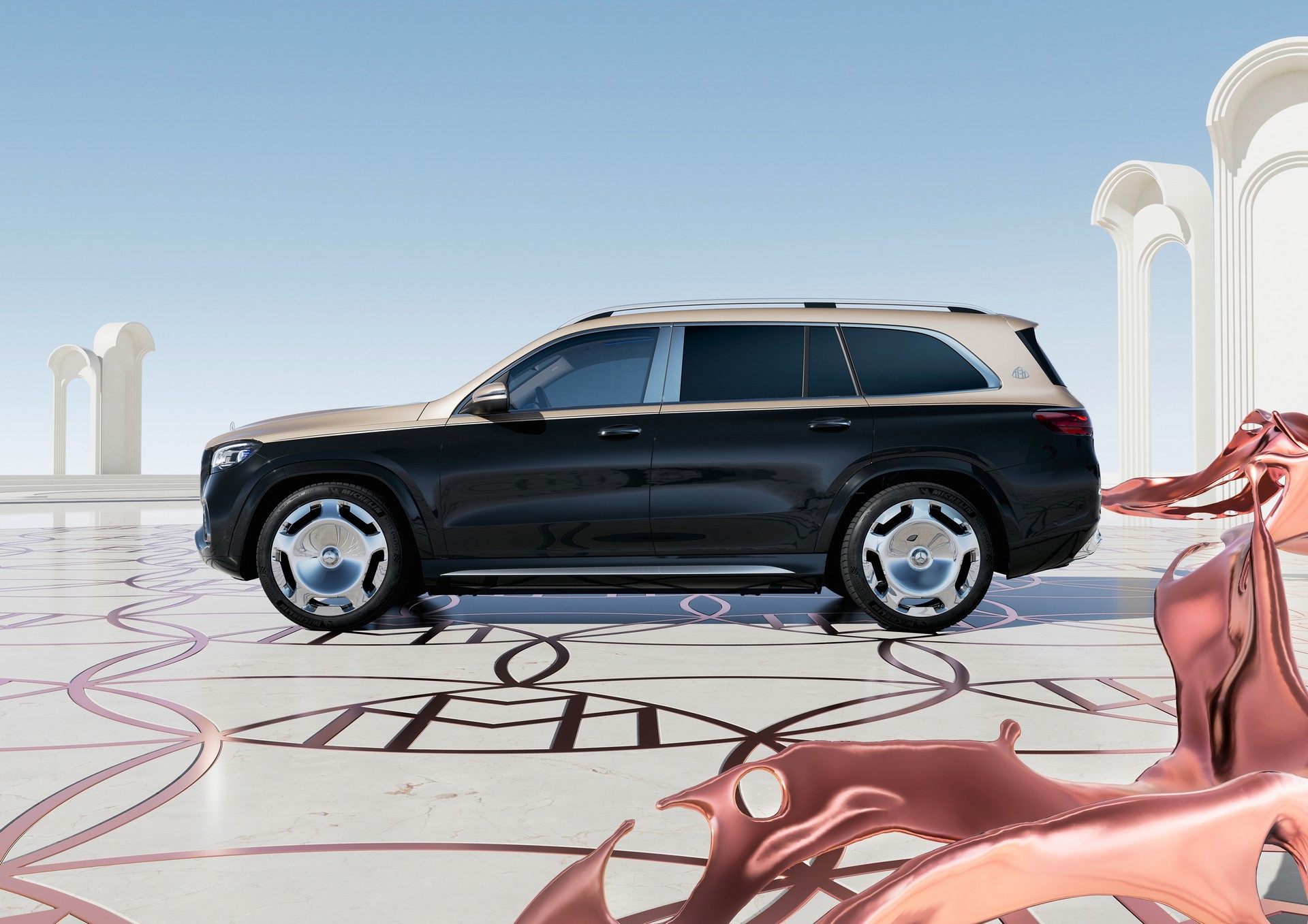
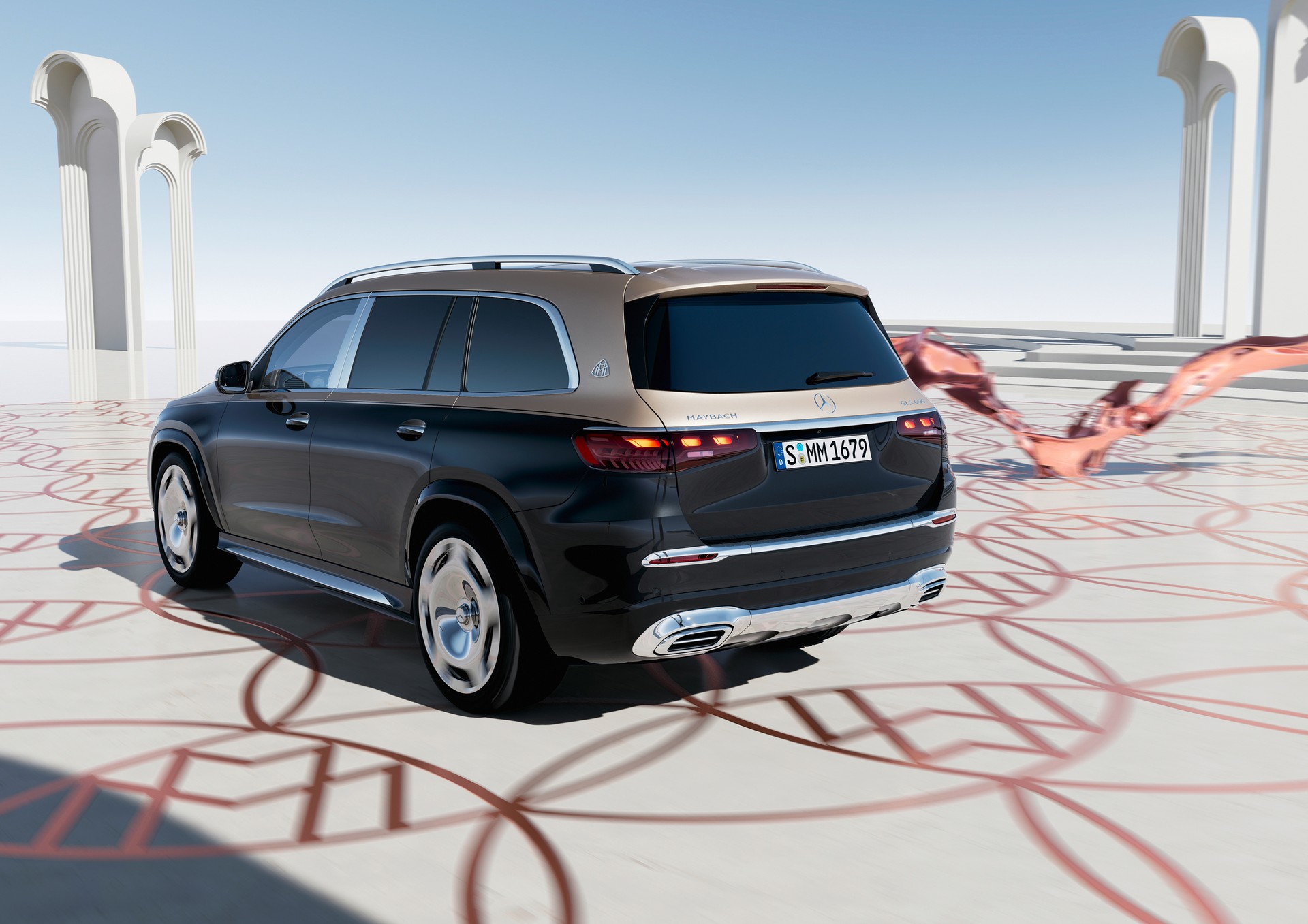
The standard Mercedes GLS 580 is one of the best ways to haul around your family in unrivaled comfort for the money, but the Maybach version takes it all to another level, all while retaining its ability to tow a boat. Exterior changes are immediately noticeable as the GLS 600 is adorned with unique trim. Just about all of it is covered in polished chrome, including the skirts, window trim, and the Maybach-exclusive grilles. The wheels are similarly extravagant, measuring 22” or 23” inches, depending on the options selected. Overall size and weight remain nearly identical to other GLS models, but it’s hard to imagine that with all of the Maybach’s extra interior appointments.
Without a doubt, the biggest difference lies in the rear seating area. With the standard seating option, there is only room for two passengers as two fully adjustable seats replace the rear bench seat. They’re fully reclinable and come with extended footrests to keep you comfortable. If the front passenger seat is empty, a rear passenger can use their set controls to move it forward for more room. However, that can take the touchscreen entertainment fitted to the front seatbacks out of reach, so rear passengers must use the factory wireless touchscreen tablet included in the rear center console to control it. The tablet can also change the ambient lighting and control the driver’s infotainment screen; that way, if you don’t want to speak to your hired driver, you can simply punch your new destination into the SatNav yourself.
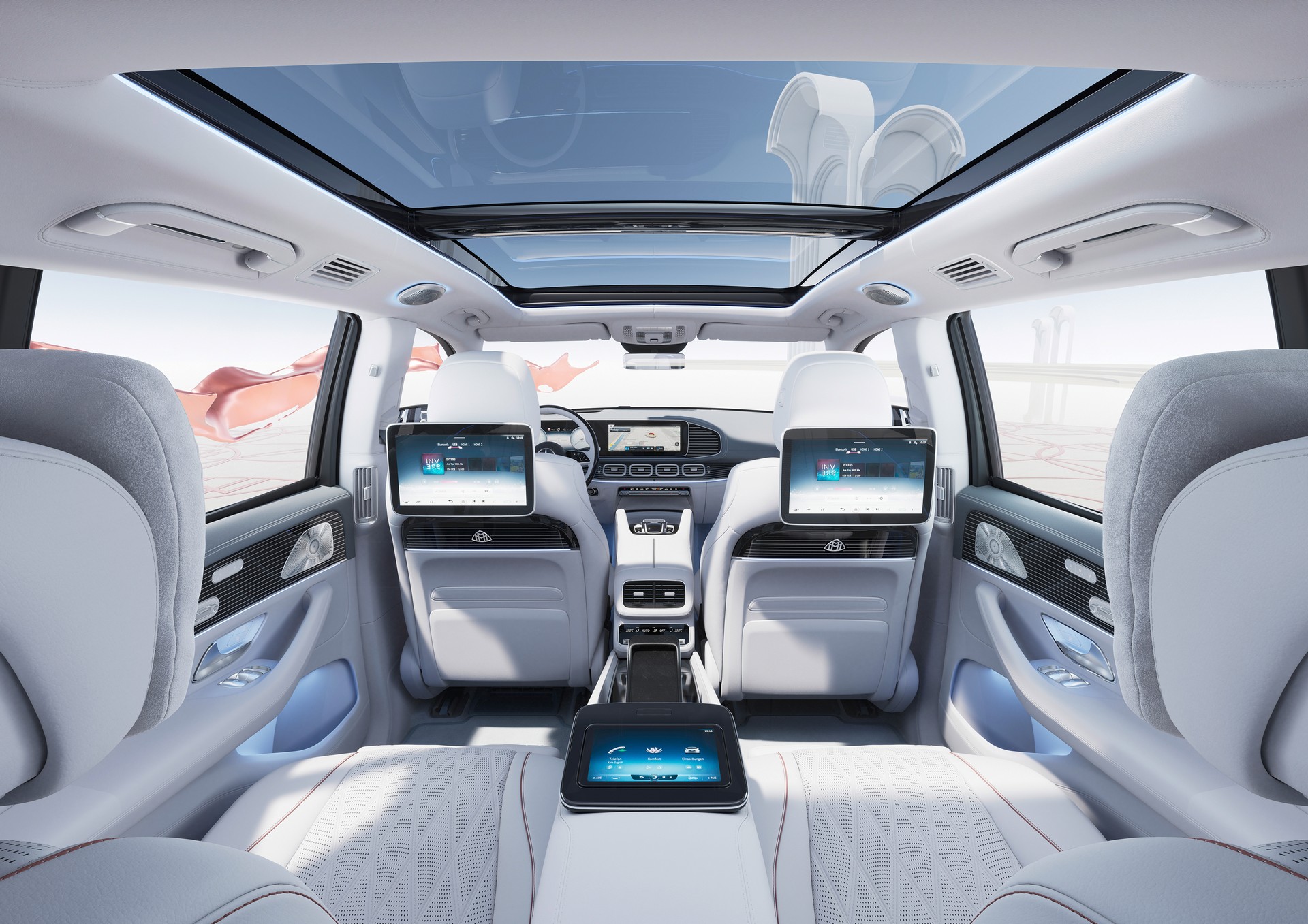
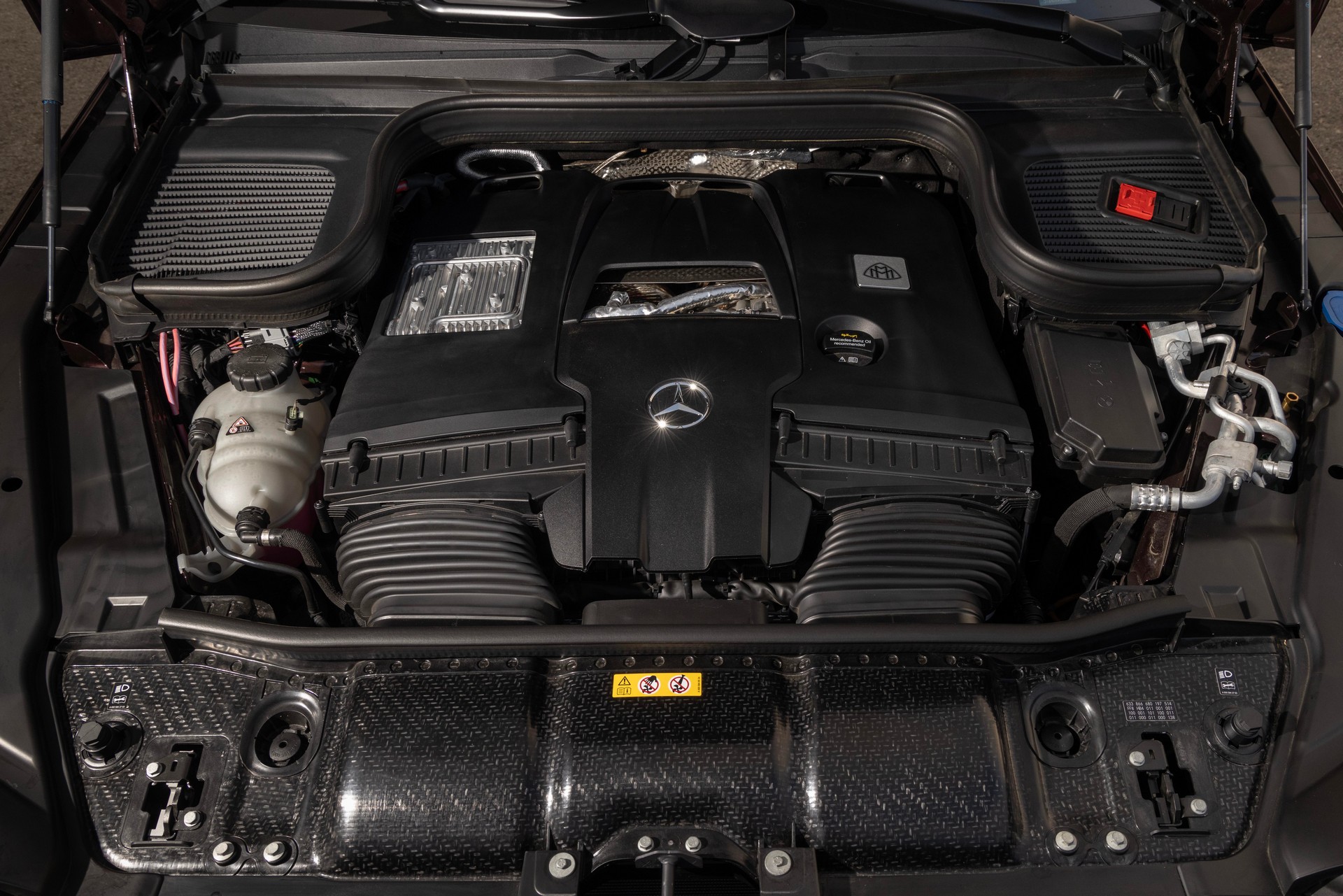
A small fridge with room for three champagne bottles and two flutes is between the rear seats and behind the tablet. If you’re worried about your drink temp, be it champagne or hot coffee, the cupholders are both heated and cooled to keep your beverage in an optimal temperature range. Beyond the toys and features, it’s still ridiculously opulent. Exclusive Nappa leather upholstery with perfect stitching covers every surface but the buttons and trim panels, which can be one of five inlays. The Burmester speaker covers, seat adjustment buttons, vent trim, and a few other smaller accents are matte silver, breaking up all of the swaths of solid color.
Pushing the 6100 lb behemoth down the road is a tweaked variant of the M177 bi-turbo 4.0L V8 paired with a 48-volt mild hybrid system to produce 550 hp and 538 lb-ft of torque. It’s enough to get the SUV up to 60mph in under 5 seconds, which is mighty impressive for something that size. Of course, the 725.0 9G-Tronic transmission and 4Matic AWD take some responsibility there, too. As this article implies, fuel economy is not what you’d call efficient. A combined 17mpg figure isn’t exactly what you might call "efficient," but in this instance, it isn't hard to understand why. The Maybach is uncompromised in its comfort and luxury, and nothing—certainly not monetary fuel cost—will get in its way.
Audi RS Q8 (13/19 - 15 MPG)
Today’s performance vehicle landscape is nothing like a few decades ago. The sports car has mostly fallen out of favor, with the average driver gravitating toward an SUV for a do-it-all machine. Performance-focused SUVs have resulted in manufacturers from all countries throwing their proverbial hats into the ring for a shot at SUV supremacy. Audi is no exception, as their S and RS models have blended the line between family practicality and neck-snapping performance for a decade, and their biggest model, the RS Q8, is arguably the most versatile of all.
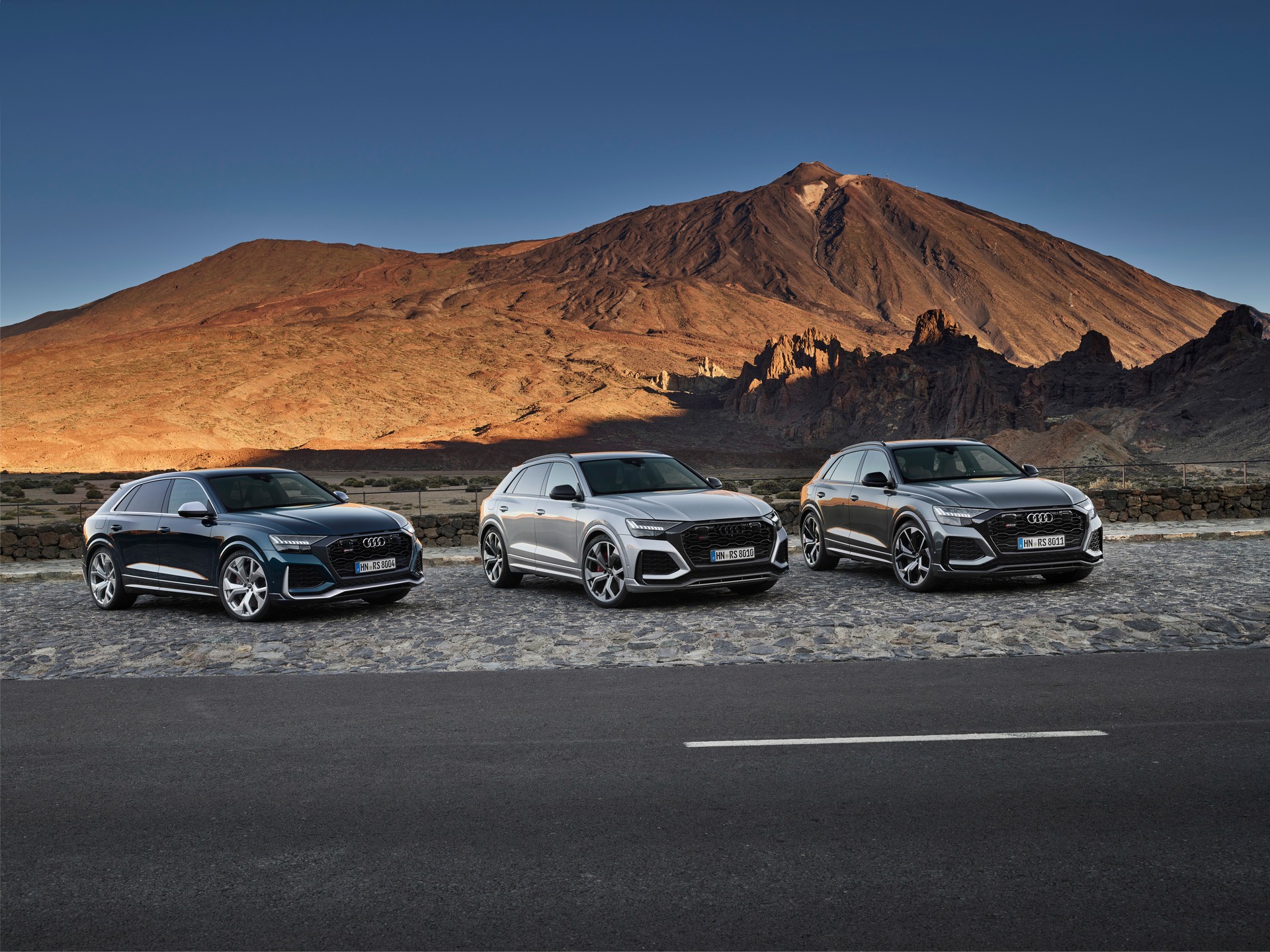
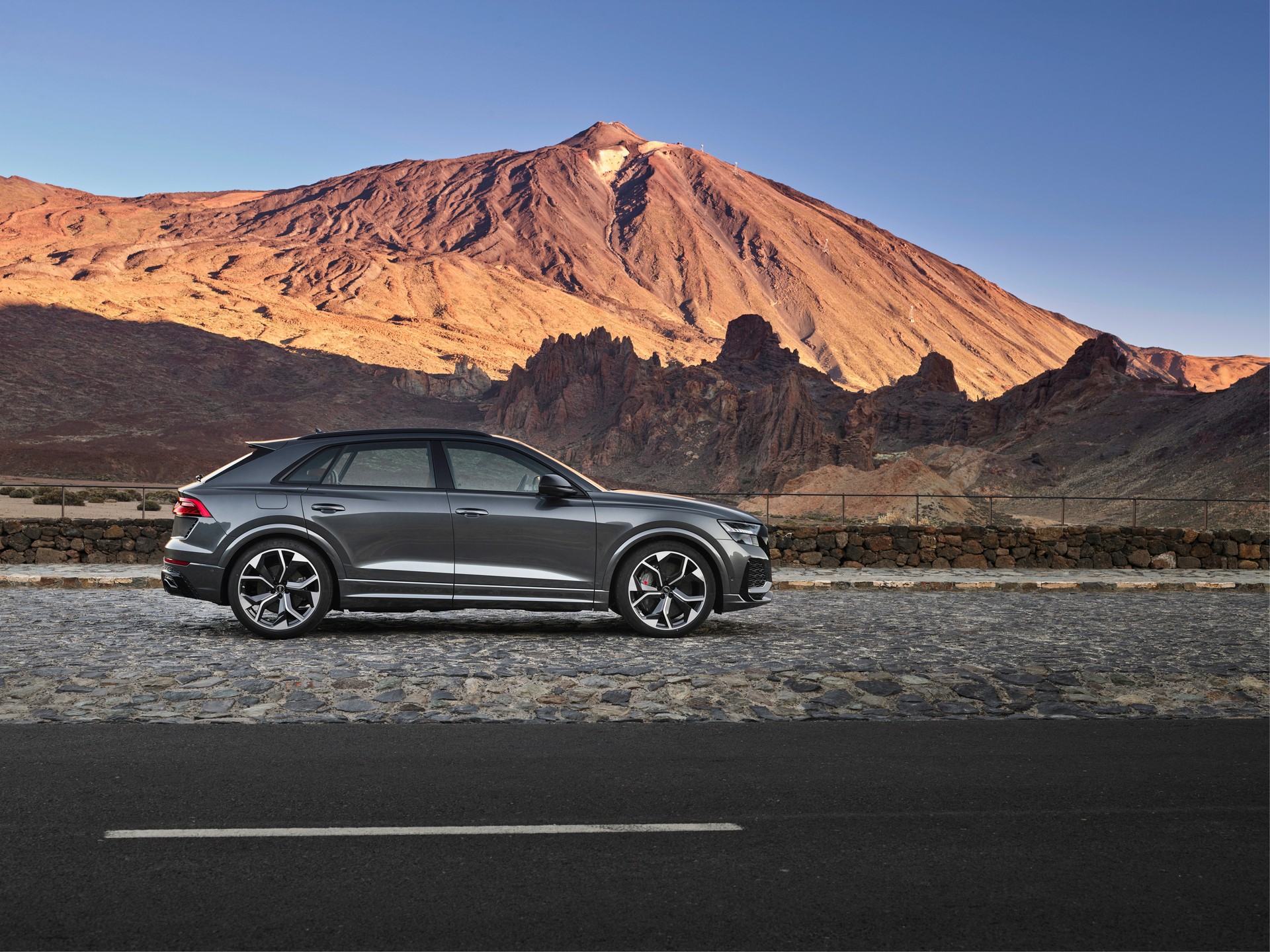
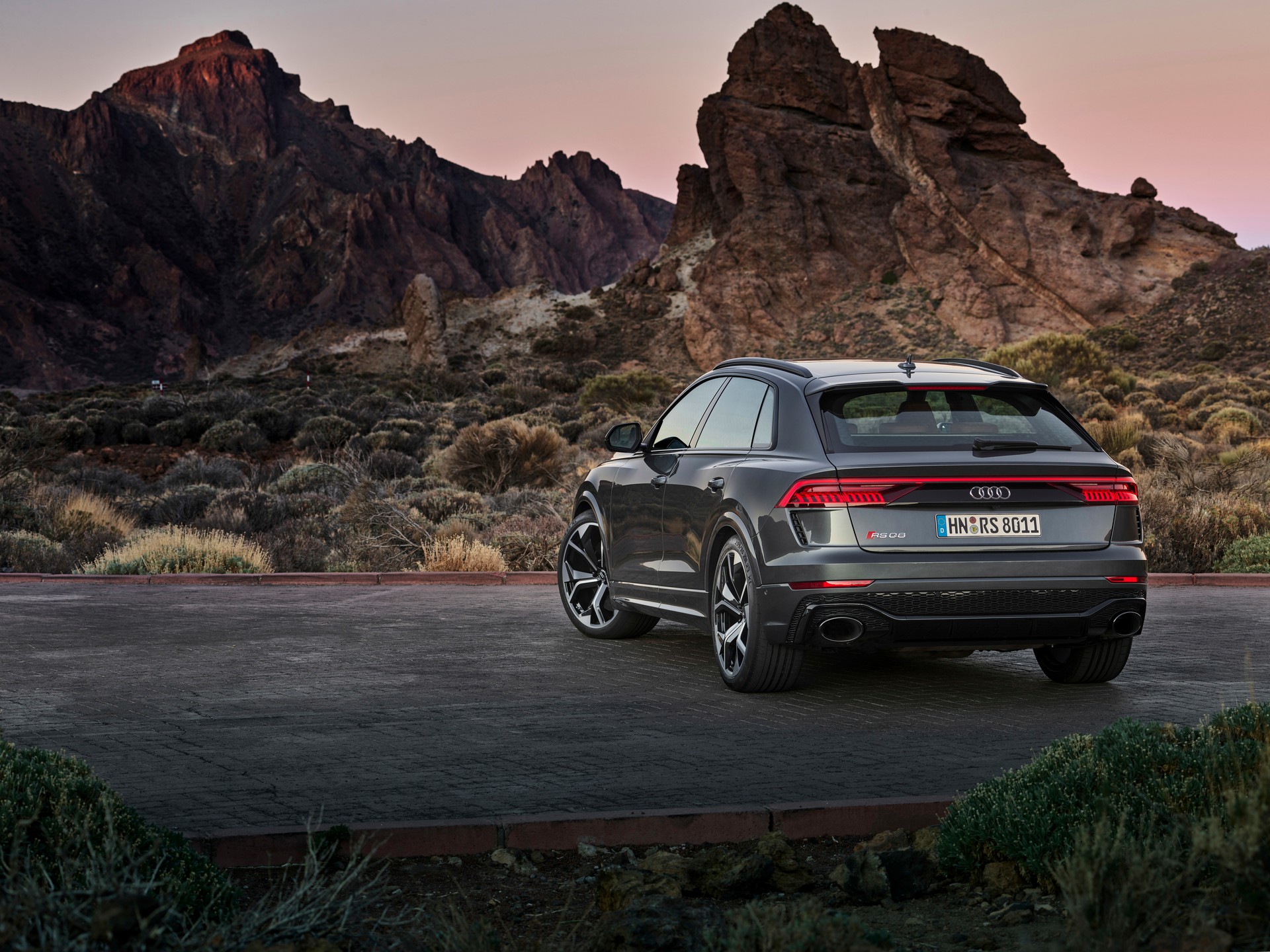
Admittedly, there are a few different ways to get your VAG-built super SUV, but the Audi is the “most affordable” and likely the most grown-up. Underneath the stylish body panels and the Audi badging are the same fundamental underpinnings of the Porsche Cayenne Turbo GT and the Lamborghini Urus. A twin-turbocharged 4.0L V8 sits under the hood, mated to a 48-volt mild-hybrid system and a ZF 8HP automatic. Quattro AWD is standard, but the RS’s system is 60% rear-biased as standard but can send up to 75% to the front wheels or 85% to the rear if necessary. The mild hybrid system adds a bit of power but is primarily for efficiency reasons. Electric drive is available up to 13mph, and 40s of engine-off coasting combined with cylinder deactivation reduce the fuel it uses.
With that said, though, the RS Q8 is far from efficient. Performance is paramount to the RS Q8, so the V8 produces 591 hp and 590 lb-ft of torque with a combined 15mpg figure. Not exactly a fuel sipper, but you get what you pay for—and that includes much more than the engine. A 7-minute and 42-second lap around the Nürburgring Nordschleife is impressive for a sports car, but it’s astonishing for the 5500lb RS Q8 and bests the 2020 F87 BMW M2 CS by .7s. Although the engine plays a big part in that lap, it’s the chassis that brings the real magic.
The adaptive air suspension shared between the VAG super SUVs is as good as it gets, featuring 90mm height adjustment and RS-specific tuning. Comfort, auto, dynamic, efficiency, all-road, and off-road are the standard adaptive damper settings, but the extra RS1 and RS2 modes go further. Flick the “RS Mode” steering wheel button, and you can cycle between the two customizable RS modes, altering the suspension tuning, engine performance, transmission performance, steering assistance, engine sound, and rear-wheel-steering system. The latter is a huge part of the RS Q8’s agility, offering sharper turning response and improved high-speed stability. And, as if that wasn’t enough, optional bits like the carbon ceramic brakes and active anti-roll bars only make it better.
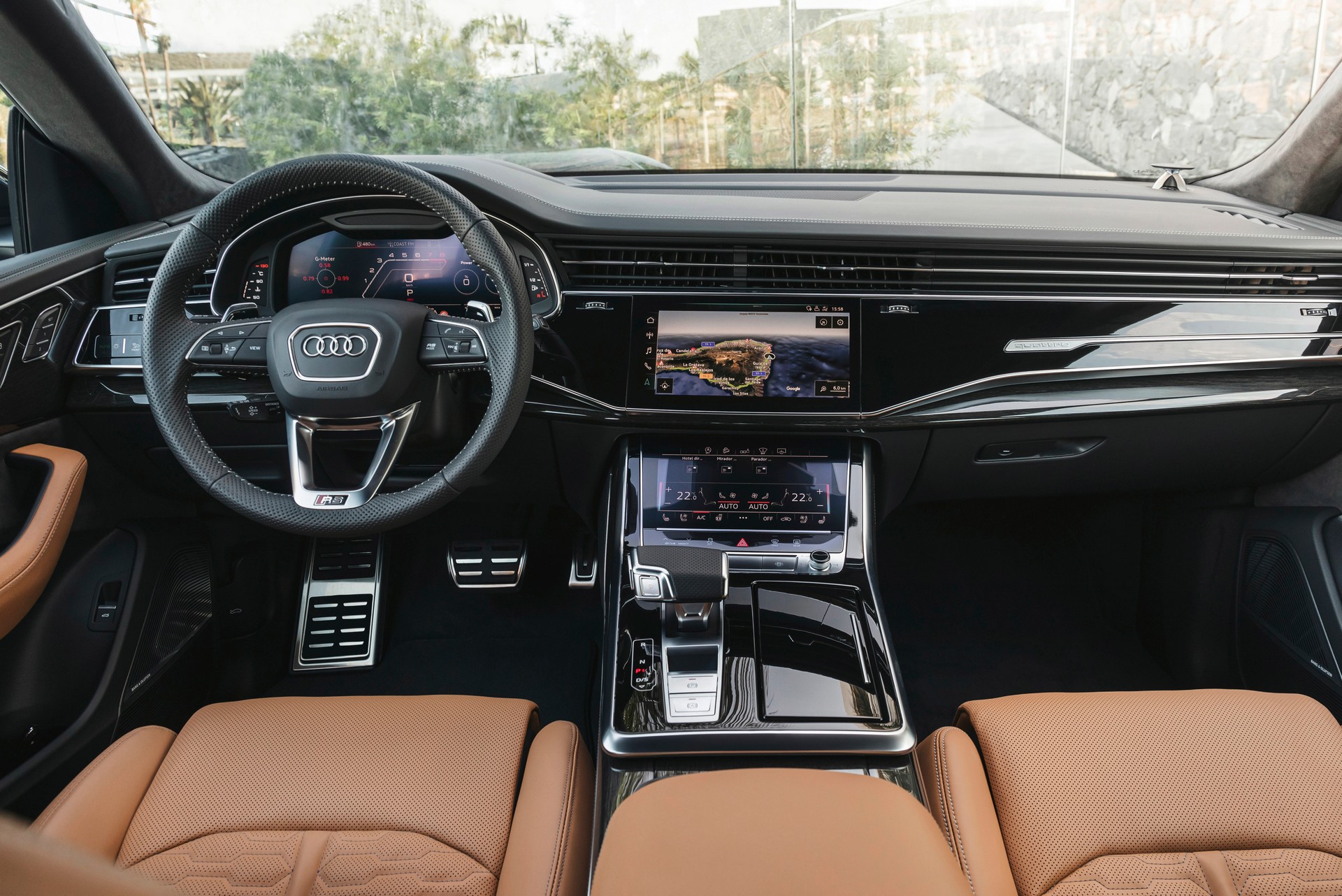
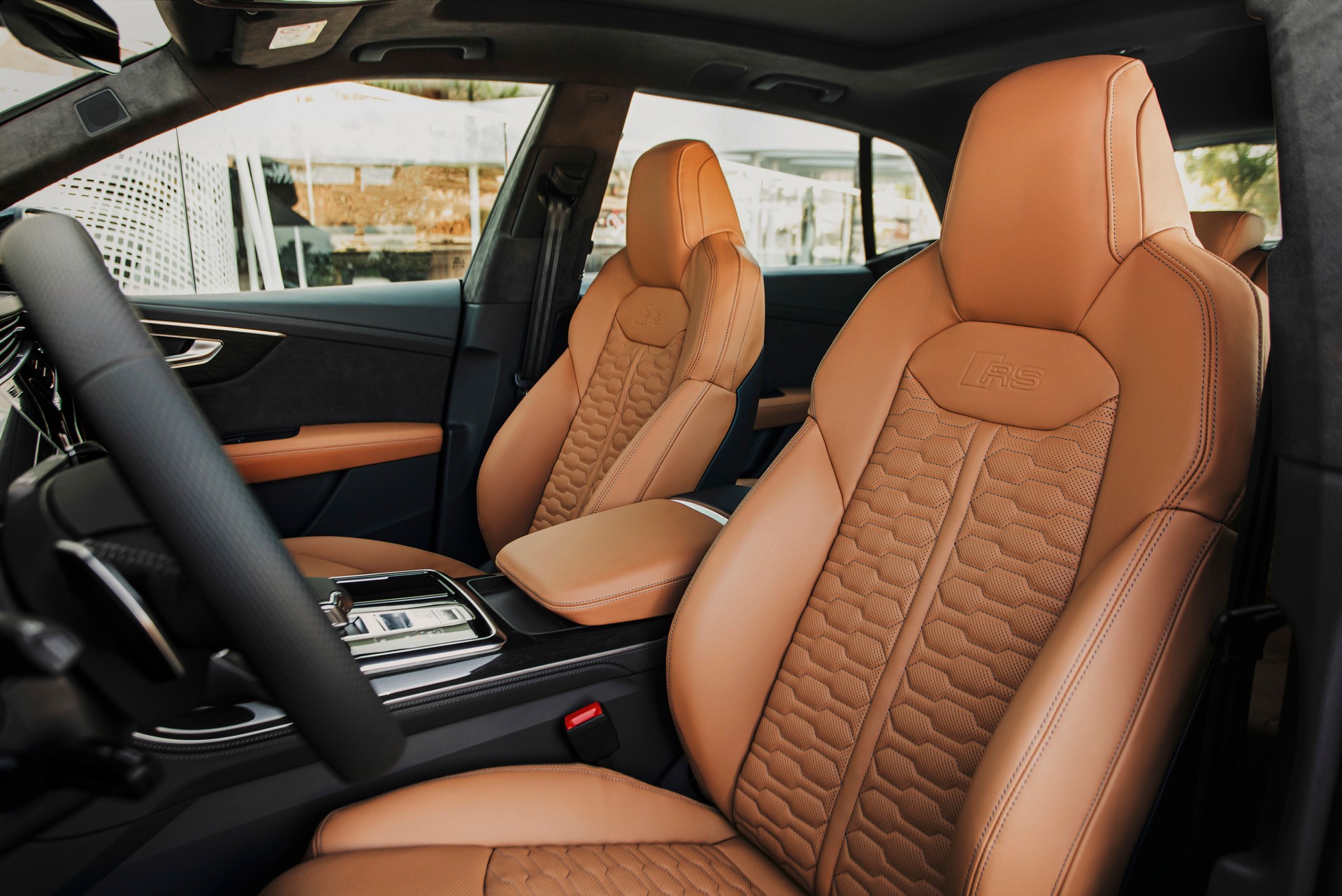
Inside, it’s just as special, with unique upholstery and nearly every option in the catalog. The infotainment with Wi-Fi hotspot and LTE Advanced is directly shared with the Cayenne and Lambo, but its appearance is Audi-specific. The seats are sporty and wrapped in Nappa leather, but upgrading to Valcona leather adds a massaging function for front passengers and ventilation. Between all the leather are bezels and switches in “Aluminum Race” and one of a few different trim packages, including a couple of RS-specific options. The latter features contrast stitching, Alcantara surfaces, and carbon trim inlays.
There’s a lot going on both inside and outside of the RS Q8, and that’s what makes it so enticing. At $120,000, the Audi is 60% the cost of a Cayenne Turbo GT and 51% of a Lamborghini Urus S, without offering much less. A simple aftermarket tune can make the power if you’re after that, and the relatively reserved looks make it a stunner without all the attention. It’s hardly a bargain, but it’s the best you can get for the money.
BMW ALPINA XB7 (16/20 - 18 MPG)
The Alpina name is one many car enthusiasts may have seen but don’t know much about. In a similar fashion to RUF with Porsche, Alpina started racing and servicing BMWs in the seventies before churning out their own versions of BMWs. Alpina models aren’t technically BMWs as they receive bespoke VINs, unique styling, and more performance and luxury, but the two companies are so connected that Alpinas still carry a BMW warranty and can be serviced at any BMW dealer. Alpina has assembled a few models from this latest BMW era, but none are as large or thirsty as the XB7. As discussed above, there are already a few players in the exclusive European SUV space, and the Alpina slots ideally between the RS Q8 and Maybach GLS 600 as a luxurious middle ground with plenty of pep.
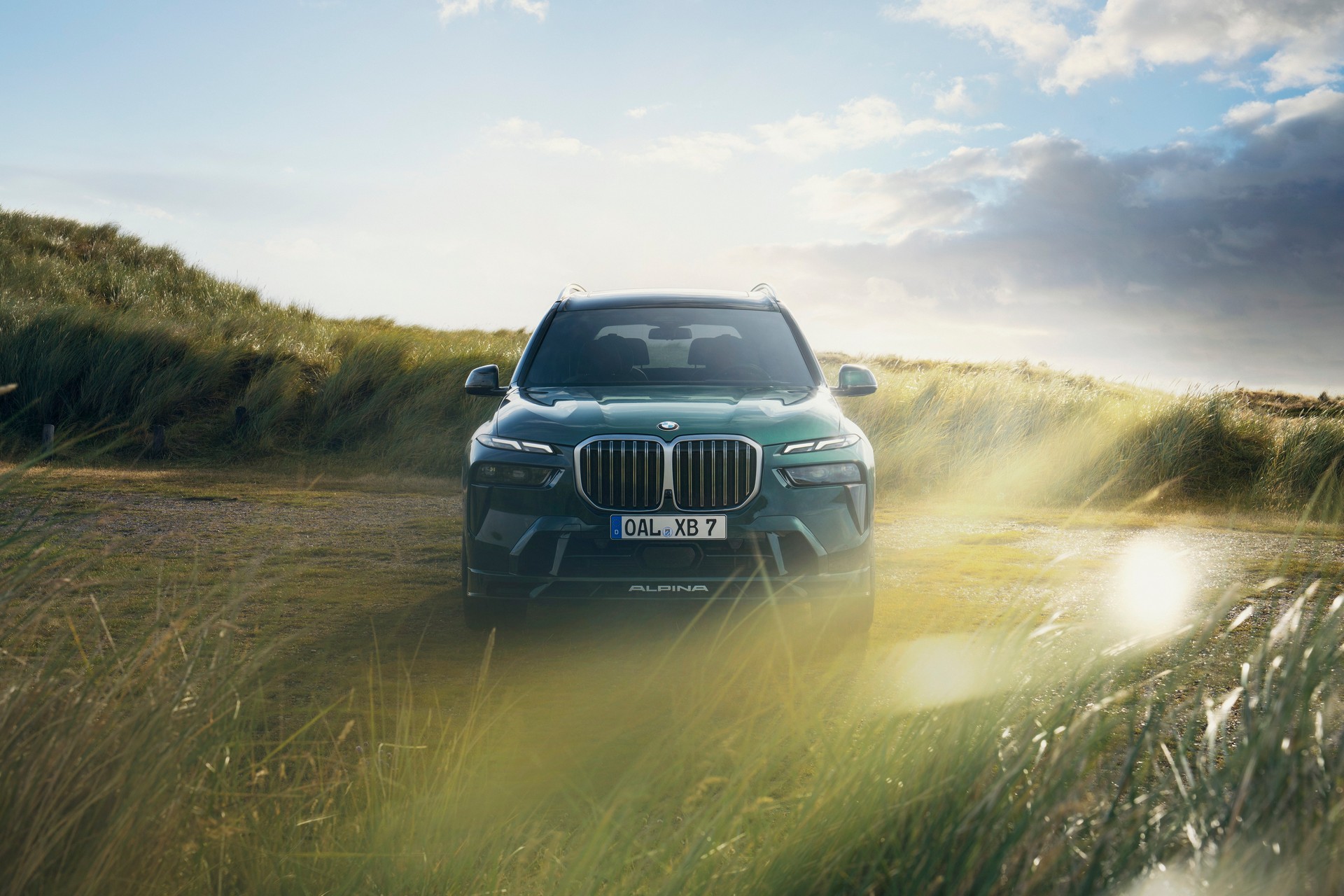
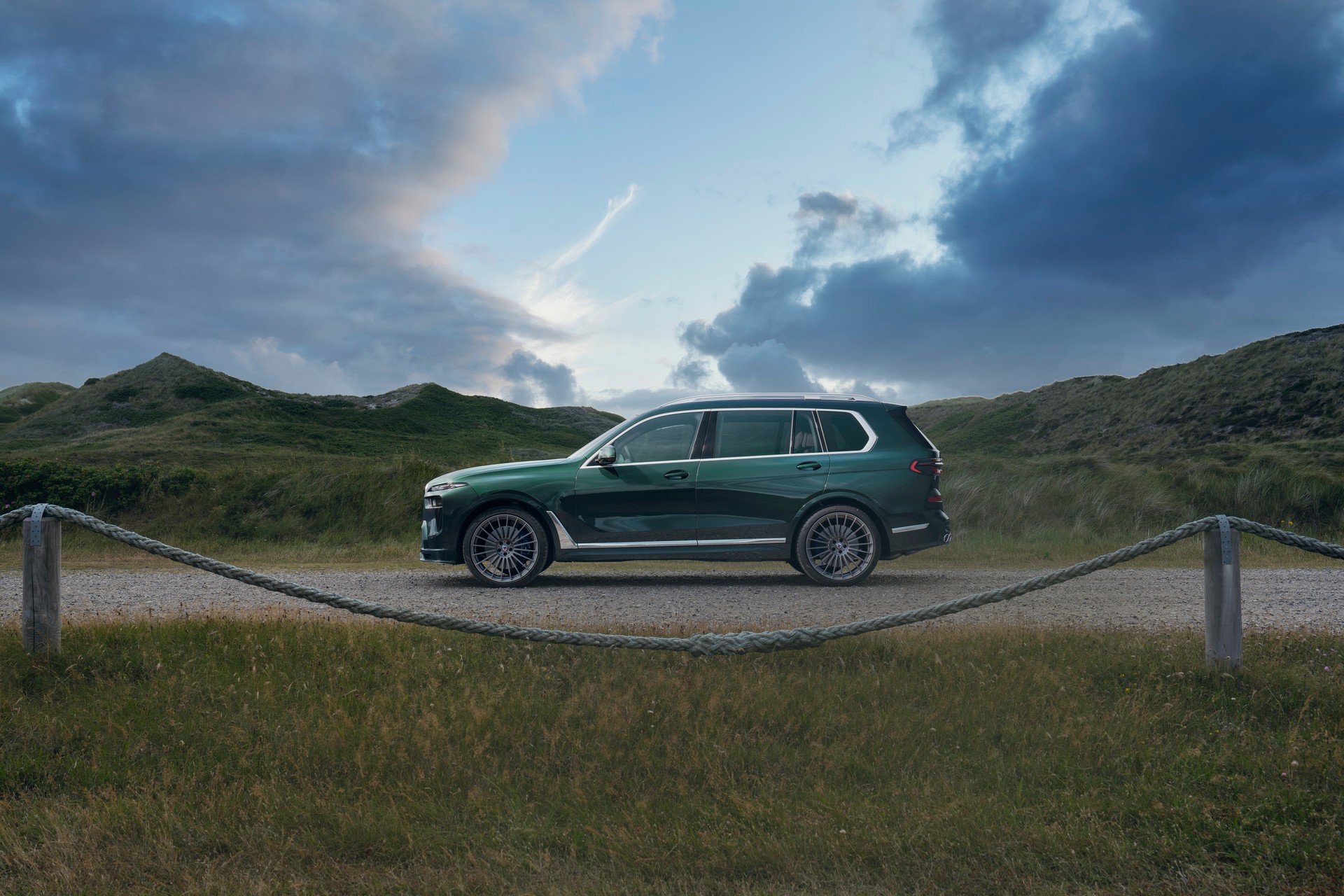
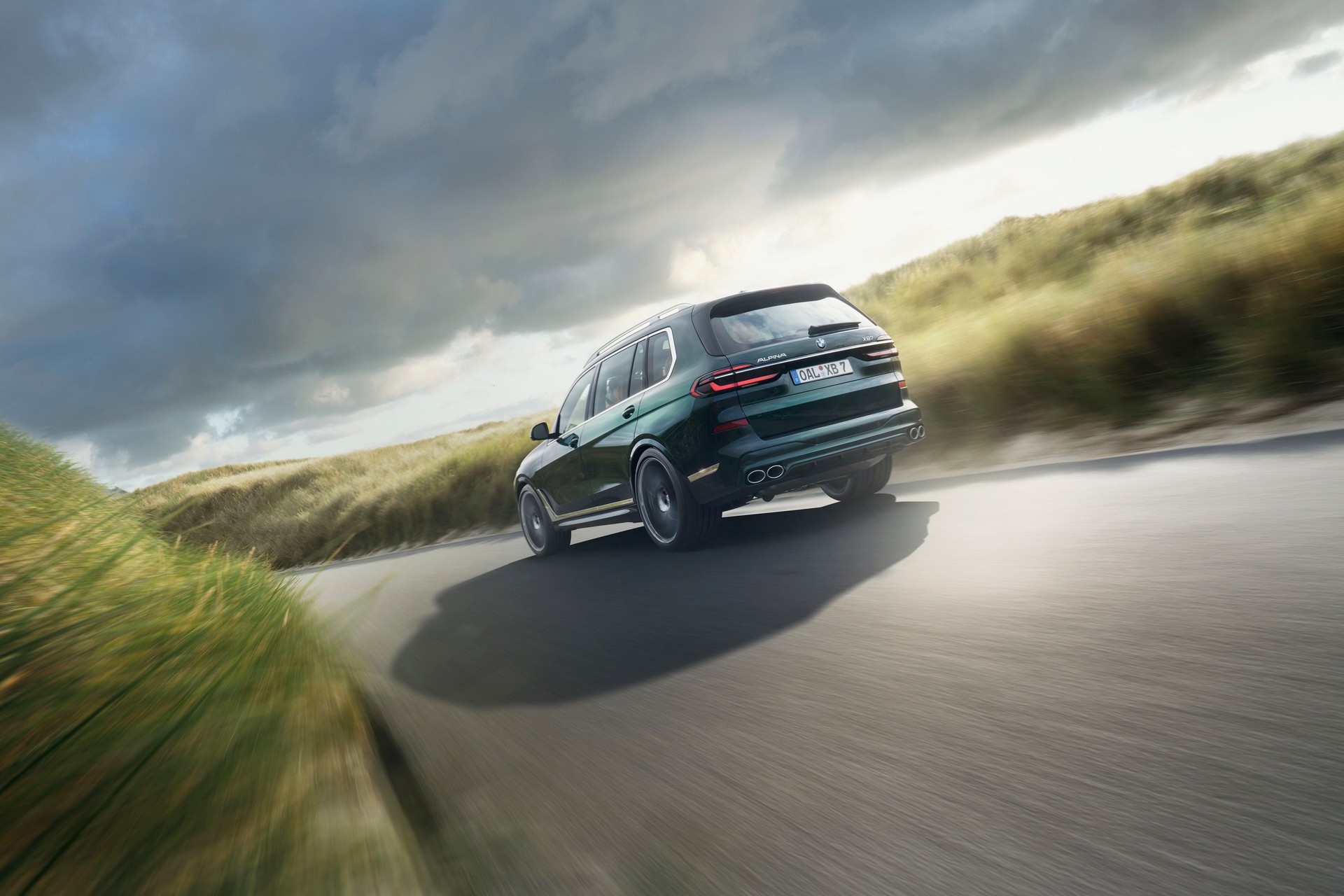
Under the enormous hood is BMW’s S68 engine. A relative newcomer in the lineup, it’s an evolved S63 that retains the 4.4L displacement and twin turbochargers. Power output is an almost excessive 630 hp and 590 lb-ft of torque, good enough for a sub-4-second sprint to 60mph. Like the others, a 48-volt mild hybrid system sits between the engine and ZF 8HP transmission to help fill the torque gap when shifting and to improve engine efficiency (17mpg combined). The engine is largely carried over from the X7 M60i but features bespoke tuning and thermal management from a larger radiator with an integrated transmission cooler and an air-to-water intercooler.
Providing both sporty and luxurious attributes is the air suspension on both axles. Damper tuning is Alpina-specific, with several modes to adapt to your driving on the fly. The air springs are height adjustable with 1.6” of variation. Although manually adjustable, an onboard computer automatically adjusts the springs depending on the suspension setting and the vehicle’s road speed. Other sporty bits like electromechanical anti-roll bars (Active Roll Stabilization system) and stiffer rear bushings work with the Alpina-designed chassis braces to ensure the 6000 lb can handle the cornering forces its trick suspension and massive tires can generate. Its brakes are relatively small compared to the RS Q8, but the stopping distance is nearly identical.
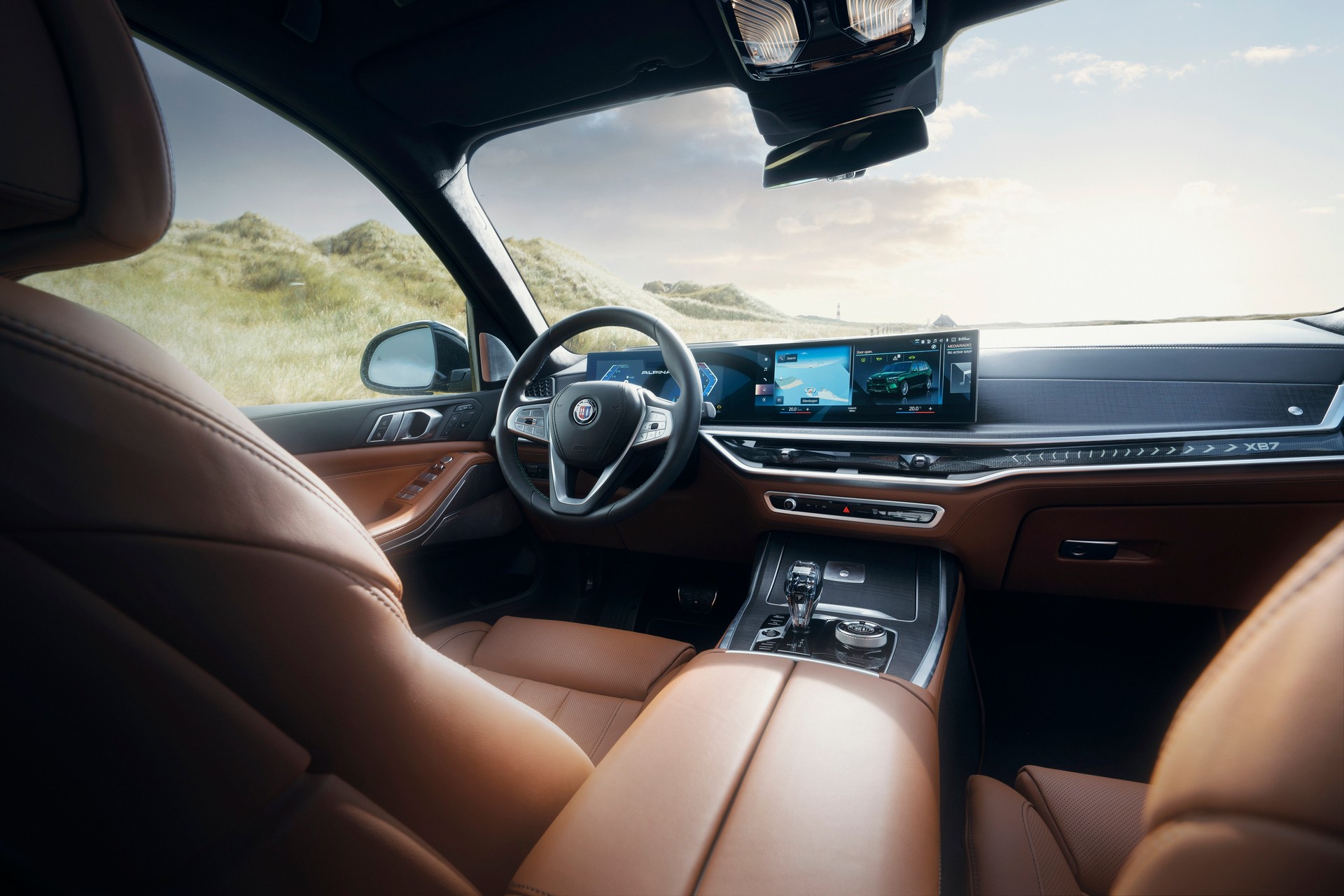
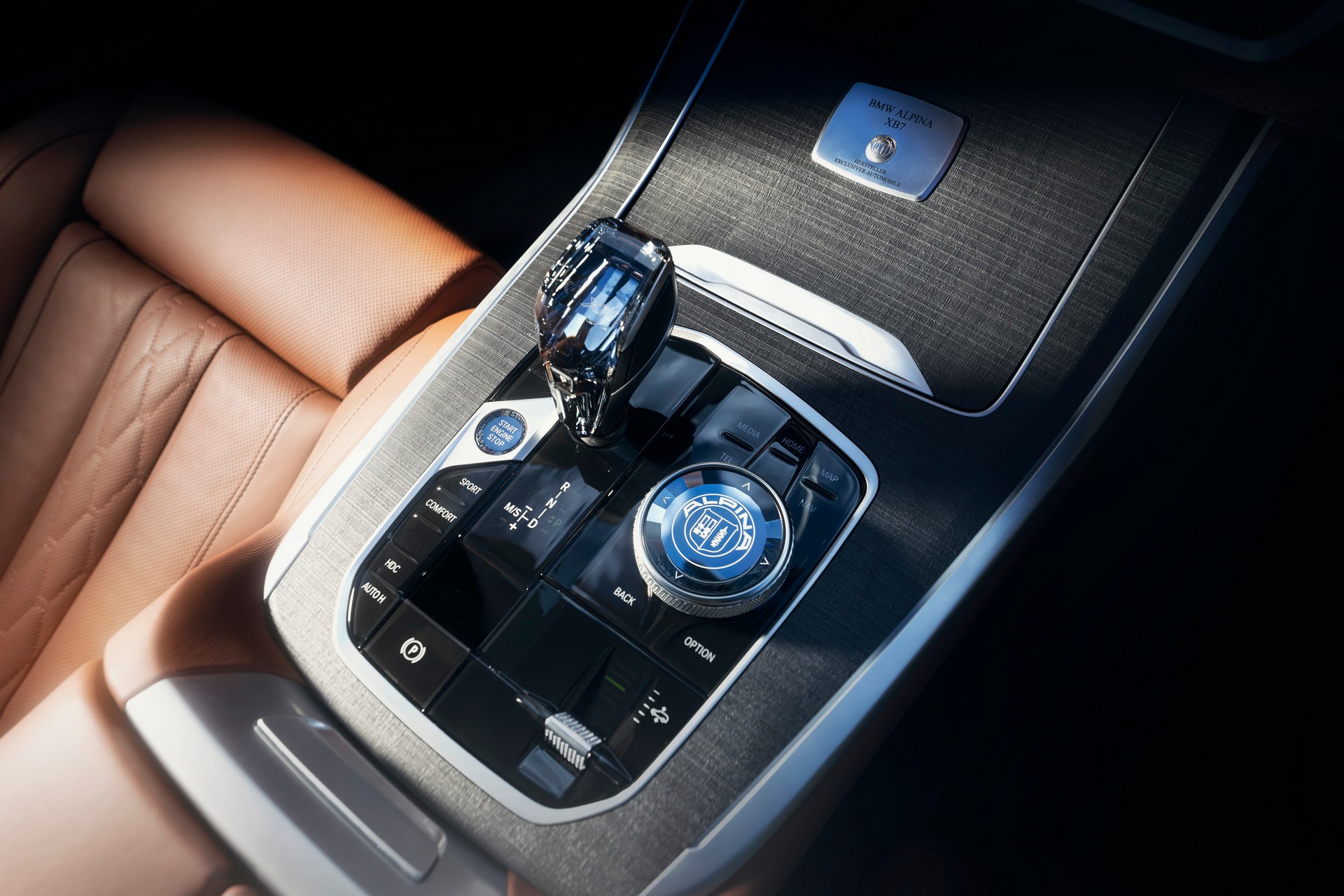
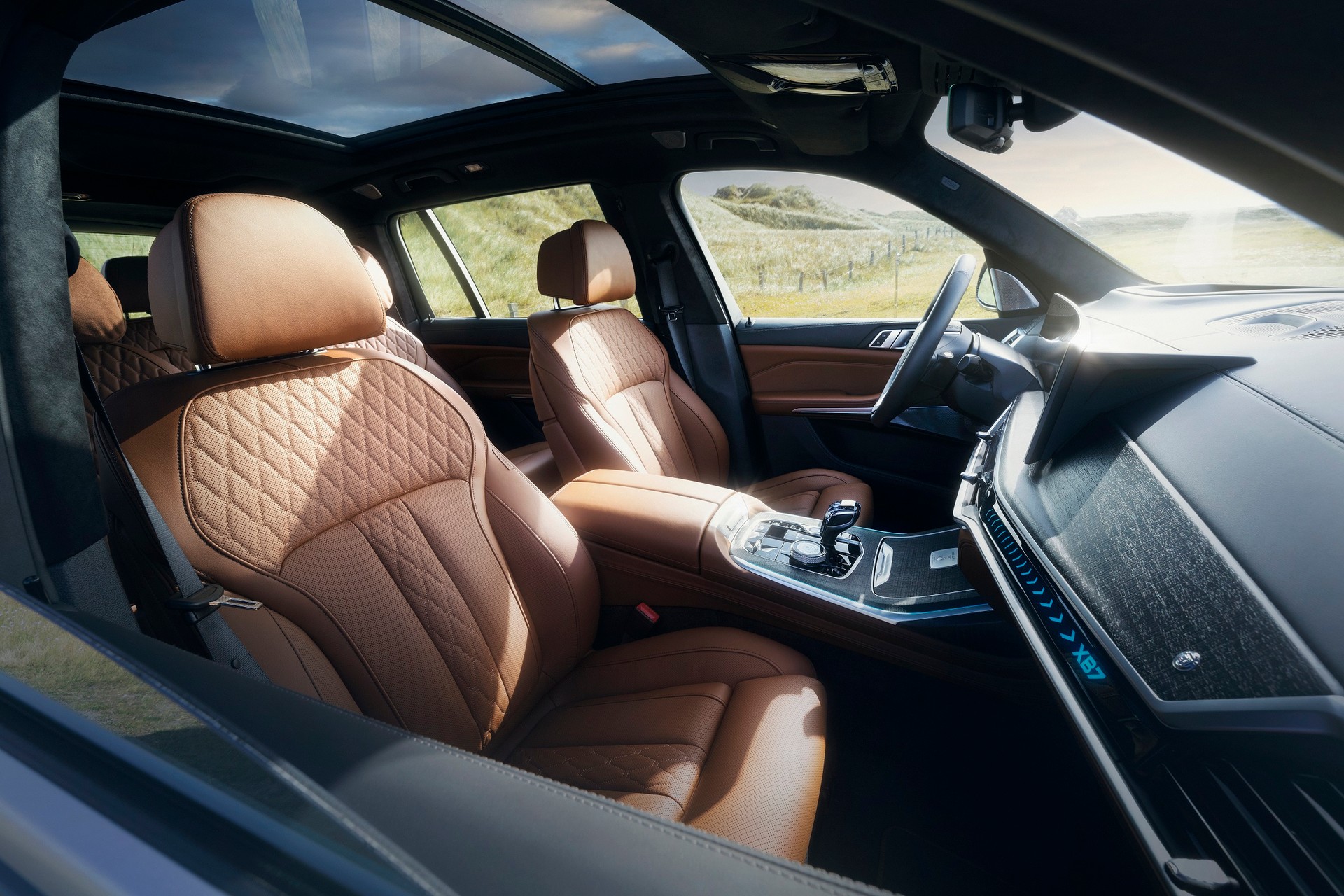
When not looking for M-like performance, the oodles of interior tech are plenty to keep anyone busy. The eighth-generation BMW iDrive system is as capable as ever thanks to BMW Intelligent Personal Assistant’s voice and motion control options for navigating the infotainment system. Driver systems are similarly advanced with Active Driving Assistant Plus and Parking Assistant Professional. The latter includes Maneuver Assistant, a setting that records GPS positioning and steering input to record 200m of driving. Then, when activated, Maneuver Assistant will operate the vehicle automatically, driving the route recorded as you drove it. Who else has something like that?! When you take all of that and stuff it into a leather-lined, brawny SUV with style that turns heads, it’s hard not to fall in love with the XB7.
If none of the models above do your fancy, then keep looking. There are other variants of Porsche’s uncompromised 911, a convertible M8, and a host of big luxury machines from a few manufacturers that have a combined MPG rating below 20. Once you find your favorite, swing on over to the Blog homepage or our YouTube channel. There, you’ll find tons of great content dedicated to giving you a smile and helping you on your European car ownership journey!











